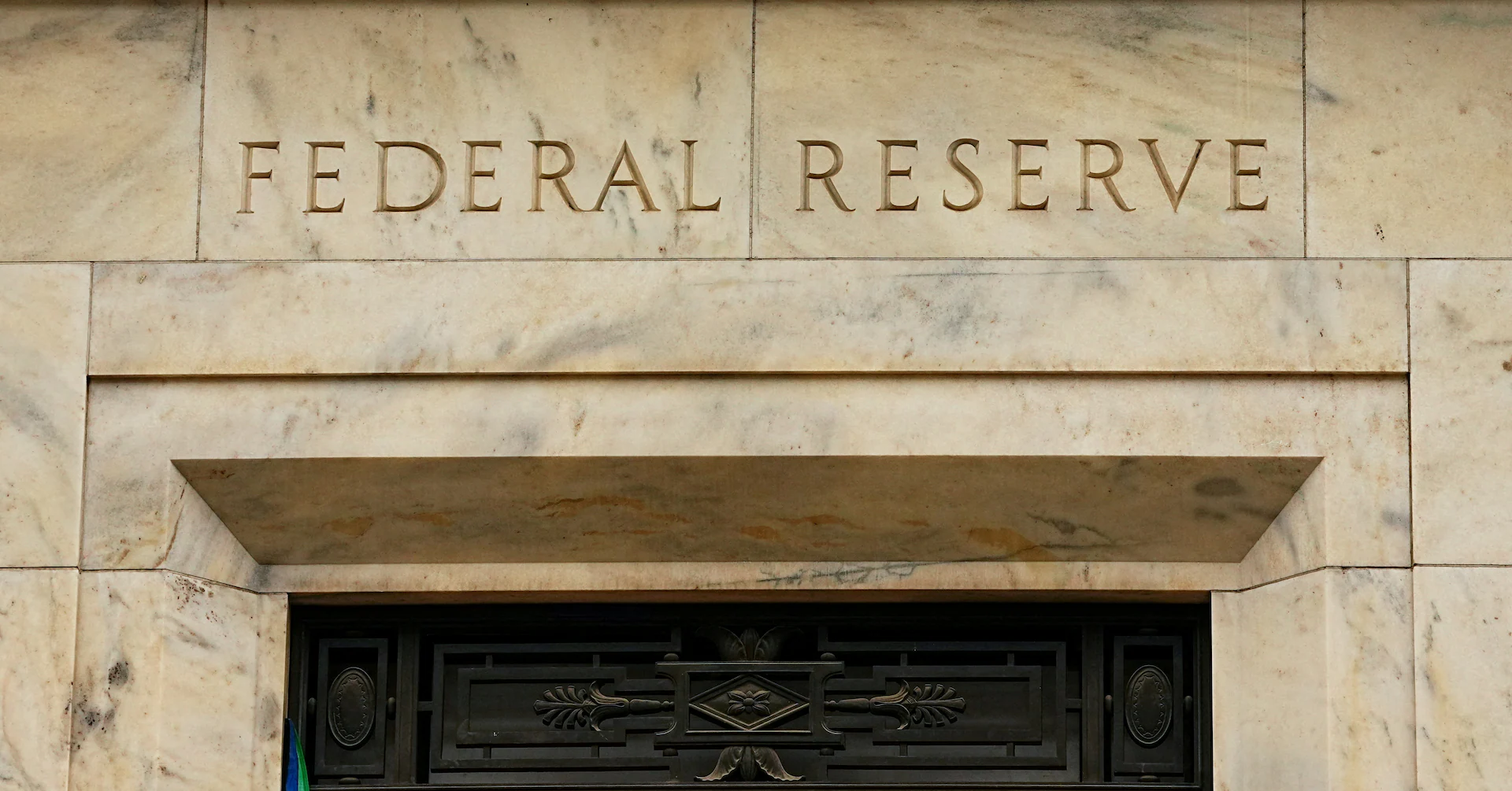
Sustainability once sounded like the pinnacle of progress—a badge brands wore proudly to signal responsibility on climate, health, and the environment. But for today’s consumers, especially Gen Z, “sustainable” feels like standing still while the planet unravels. In the face of climate chaos, depleted soils, and vanishing biodiversity, maintaining the status quo is no longer enough. The call of our time is not just to sustain, but to restore—to repair what’s been broken and restore what’s been lost.
I spoke with Gary Hirshberg, cofounder of Stonyfield Farm, about this new generation of consumers, the fundamental shift in product expectations, and the important role of agriculture.
Q: Sustainability isn’t enough anymore. What’s changing?
Hirshberg: Sustainability is no longer just a buzzword. Today’s younger consumers are not satisfied with talk and small token actions that commanded respect in the past. They actually know the difference between verbiage and meaningful action and are also far less inclined to applaud brands for simply reducing impacts. Instead, through social media and particularly influencers, they seek companies that are endeavoring to regenerate our planet by actively restoring the soil, rebuilding ecosystems, and strengthening local communities. And because they don’t trust companies and institutions, they require third-party verification of these claims.
Seventy-nine percent of shoppers consider sustainability before making a buying decision, according to a recent IPG study. But it doesn’t stop there, with 63% of consumers willing to pay more for products with features like ethical sourcing or recyclable packaging. From groceries to skincare to clothing, eco-conscious consumers are driving change. According to the same IPG study, 92% of consumers want to know what brands are doing to fight climate change.
Subscribe to the Daily newsletter.Fast Company’s trending stories delivered to you every day
Privacy Policy
|
Fast Company Newsletters
Q: Why should agriculture lead this shift?
Hirshberg: Agriculture is one of humanity’s most significant contributors to climate change and is directly responsible for approximately 10% of global greenhouse gas (GHG) emissions, with some sources estimating it contributes up to 25% when including emissions from land use changes like deforestation and monocropping, and also the manufacture of inputs like nitrogen fertilizers. These emissions, which include methane and nitrous oxide, come from processes like livestock, soil management, and the energy used in farm operations and transportation.
But thanks to Rodale Institute and numerous other scientific organizations globally, we now know that organic practices produce significantly and sustainably lower emissions. By analyzing over a thousand soil samples organically and conventionally managed from across 48 U.S. states, The Organic Center and Northeastern University found that organic soils had 13% higher soil organic matter and 44% higher long-term carbon storage than conventionally managed soils. Recent studies by the International Federation of Organic Agriculture Movements (IFOAM) and the Rodale Institute postulate that 30 to 40% of GHG emissions could be captured if cropland transitioned to organic farming.
The solutions are at hand, and fortunately today’s younger and better educated consumers are demanding them. I spent three decades growing Stonyfield Farm into one of the most trusted organic brands in America and the world, and I remain active with the company today. But our growth and loyalty are not just from what we say—our investments in advertising are a rounding error next to our conventional nonorganic counterparts. Instead, with social media and influencers, we have shown the dramatic climate and environmental results our farmers have achieved with significant increases in soil carbon, biodiversity, nitrogen reductions and retention, animal health, and other positive indicators. We have seen and shown first-hand that how we grow our food matters, and consumers are paying attention.
Now, on the backs of decades of organic progress and results, we are witnessing increased interest in the notion of regenerative farming methods. But savvy consumers know that unless these systems are also organically certified, using the new Regenerative Organic certification, they are likely to be highly prone to greenwashing. Real climate progress can only be made when synthetic nitrogen fertilizers and the resulting dangerous nitrous oxide emissions are halted. And, true carbon sequestration requires soil ecology improvement below one meter of depth, as is the case with most organic systems.
Regenerative Organic certified agriculture builds on the important foundation of USDA Organic standards by adding benchmarks for soil health and animal welfare, created to replenish our planet with nutrients for generations to come. Developed by the Regenerative Organic Alliance, this ensures farms are focused on contributing to ecosystem health by building topsoil, drawing carbon from the atmosphere, and investing in farm worker welfare.
And because USDA certified organic standards require third-party inspections, verification, and reporting, consumers can have a far higher assurance that these practices are actually being used, versus simply depending on companies’ vague claims.
advertisement
Q: How should brands communicate the difference?
Hirshberg: The market is saturated with vague sustainability claims and brands’ greenwashing, with terms splashed across packaging without clear definition of proof points. Organic brands across all sectors are growing faster than their conventional counterparts primarily because the emerging generation of younger, more educated parents and consumers are choosing to support verified practices. These consumers seek clarity and brands they can trust, and labels like Regenerative Organic Certified and USDA Organic are helping to cut through the noise and guide conscious consumers towards verified impact.
Yet, there’s still work to be done. IPG found that while 74% of people say certifications are important in buying decisions, many don’t understand what these seals mean. That’s why education is critical—for consumers and brands. According to a recent OTA study, consumers love “free-from” language or claims like “no added hormones,” but don’t realize that organic certifications meet these expectations. Additionally, the study shares that the more consumers are familiar with specific characteristics like organic, the more likely they are to purchase. The label isn’t enough—we must tell the story behind it.
Q: How are organizations like Stonyfield Farm helping consumers recognize and avoid greenwashing?
Hirshberg: When we founded Stonyfield over 40 years ago, we learned that communicating the “why” behind organic was just as important as the “what.” And today, that is even more urgent. Consumers are hungry for stories of integrity, and regenerative organic agriculture offers a roadmap.
Consumers are not just asking for change, they’re living it and demanding companies do the same.
Jeff Tkach is CEO of Rodale Institute.



